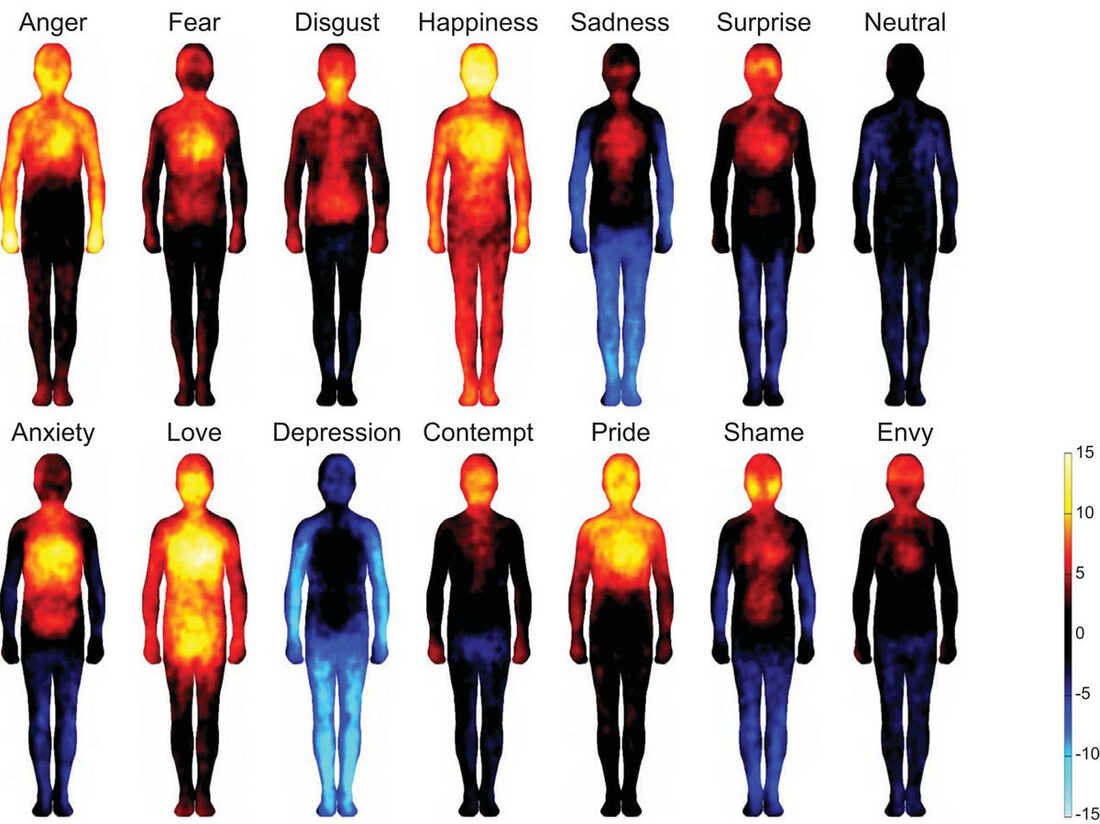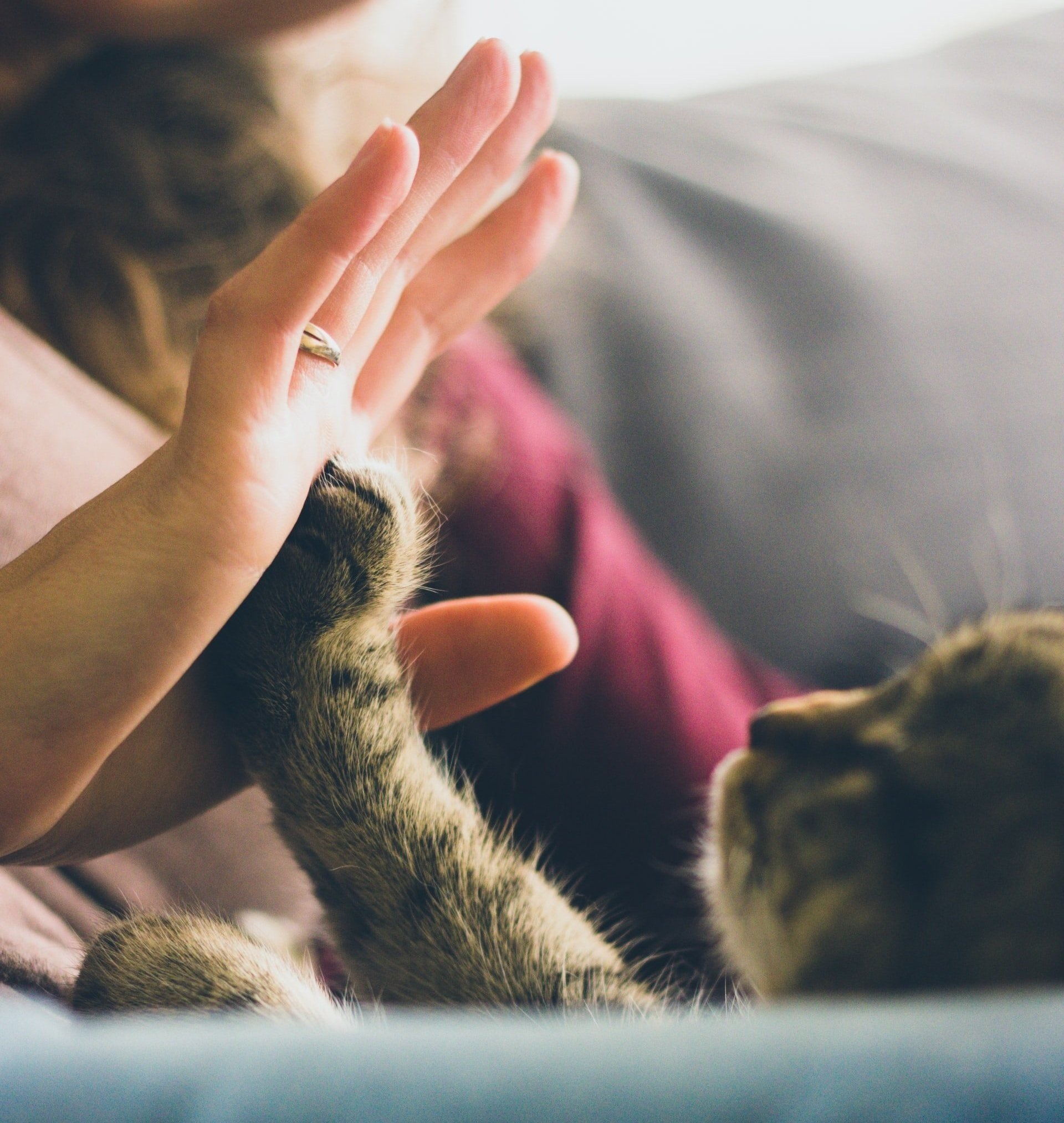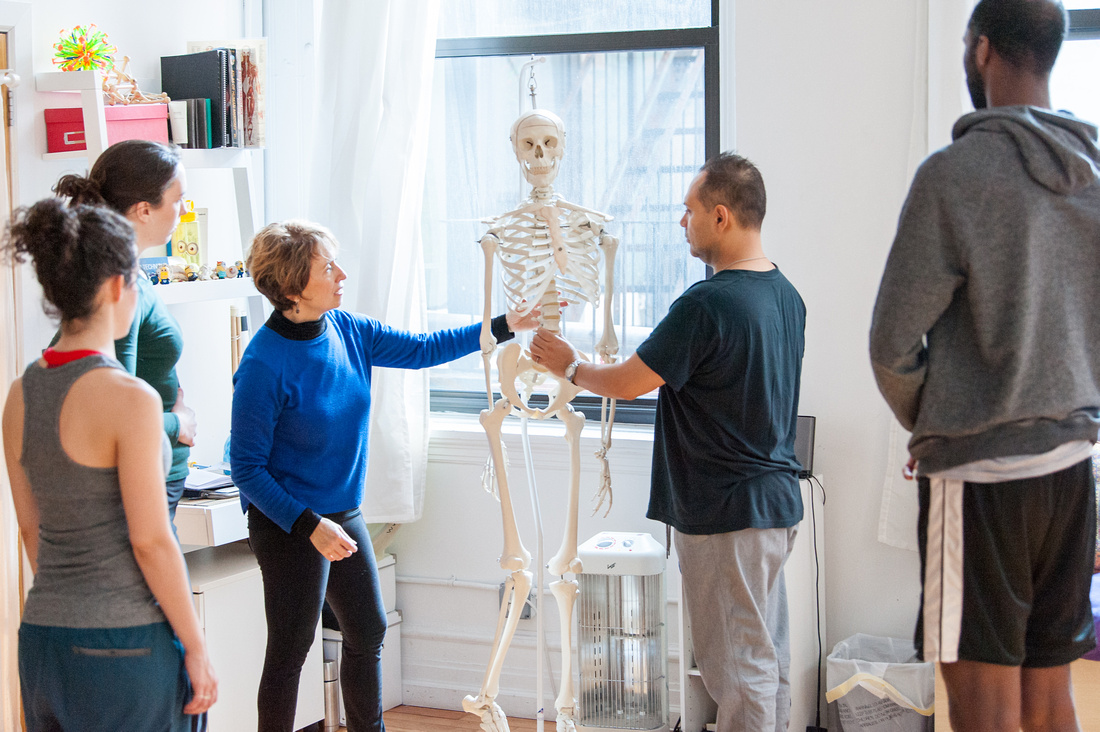
How You Move Matters
Free Alexander Technique Exercises, Tips, and Resources
Ready ...or not?
Are you ready?
This is the first in a new series on cultivating curiosity. In earlier posts I offered some tools from mindfulness and Alexander Technique for grappling with strong emotions. One of the tools was curiosity. In AT we develop a curiosity for how we go about things, how we react, how we make choices.
Let’s investigate the AT invitation for emotional-physical-social-spiritual awareness so that we can be more simply present!
Simply present? Sometimes simple is a big deal! …Or not.
What if we just met up and I asked you, “How ya doin’?”
That seems like a simple question…
What does it take for you to answer that question honestly? What shifts take place in your body? Where do you sense tightness or looseness?
Do you search for feelings in your body to help you to answer that question? Do you recognize any of these feelings enough to name them (shyness, flirtation, regret…)?
Do body located sensations help us listen to each other with more compassion?
Have you noticed how you share emotional sensations with a person you empathize with? Or not?
We have expressions, ”I feel you!”, “you make me feel…” or “No, I feel really differently”!
I’m looking at articles today about emotional centers; where we absorb or express feelings in our bodies. There is a well known study from 2013 about the experience of emotional embodiment, showing areas of the body where people report feeling activated and deactivated in association to emotional states.
https://www.npr.org/sections/health-shots/2013/12/30/258313116/mapping-emotions-on-the-body-love-makes-us-warm-all-over
Looking at these images evokes feelings in me — particularly empathy for what it was like to participate in this research. How would I feel ready to report my embodiment of emotions? When do I feel safe enough and ready to evoke strong feelings?
Pause assumptions about awareness.
I wonder about expectations or assumptions of openness and awareness in AT lessons and classes. Are we making the time to be ready to experience and understand sensations related to movement, let alone the embodied emotional sensations?
Seems like a lot of awareness is being asked for.
Is this easy for you? Hard? Somewhere in between? I would love to hear from you about this.
We’ve all been trained to disembody to some extent. Some of us have been taught about our emotional intelligence. But not equally.
Many people have never been given a safe invitation.
An offer
Let’s give ourselves a moment for readiness. No pressure, just a simple activity, using curiosity.
I invite you to use your tactile sense. Identify something in the space around you that interests you. That would be interesting to touch.
Imagine touching it. Imagine the texture, the temperature, imagine your fingers moving along the surface or resting in one spot. I like this moment of Not touching it, this gives me a moment to get my sensory system ready and available.
Now, touch the object. Is it pleasant to touch, or not? If you can hold it, does it have weight? Do you like holding it, or not?
Orient yourself to the floor using the sensations through your feet. (Is it very hard? Is it cool? Can you rest your weight on the floor?)
Take a fresh look at the space you are in.
Are you feeling ready?
Now, can I ask you “how ya doin”?
And could you ask me, too?
…Or not.
Some light for the New Year
I want to wish wish you a happy new year. I’m not sure, however, what that phrase means this year. The ring of those words has changed. Hoping and wishing feels naive and “happy” feels downright risky!
Undaunted, I’m wishing you some light for the new year to come. I’m imagining you, lighting a candle or watching the sunrise color the sky. A moment like that. Or a quiet moment when there is space between the noise of the room and the noise in your mind. In that light or that space, I hope you recall moments from this past year that brought you joy.
Can we take some light into this next year.? We really don’t know what we will encounter.
But I am making plans, wishes, hopes… and space to just not know. I look forward to not knowing with you.
See you in 2022.
New Direction? It's Basics!
New things are happening at AT Motion!
You may have noticed a new direction. Many AT Motion classes now have a prerequisite. How does this serve you? Why take BASICS 1 and 2 @ AT Motion?
Mastery comes from having an unshakable foundation that you keep returning to and improving. Take another look at your foundation and consider what you need to move forward. When you learn the foundation of a skill, or go about revisiting your foundational skills, you are creating a firmer base that you can rely on.
Basics 1 and 2 @ AT Motion are foundational classes designed to give an experience of the core principles of the Alexander Technique (AT) through the lens of acting - very specifically through for actors. With a fundamental sense of the work as a prerequisite, you will be able to explore with more complexity. The AT can support your process in more advanced AT Motion classes aimed at specific aspects of embodying a role and living well as an actor.
It’s that simple. Begin at the beginning or revisit the beginning again and again… and then you will be ready to go deeper, take on challenges, express with precision and strength of feeling.










